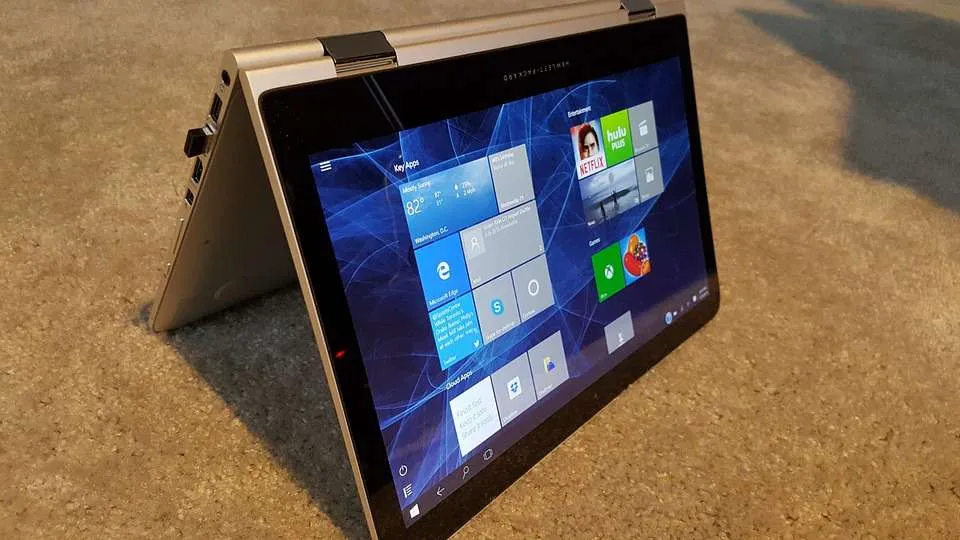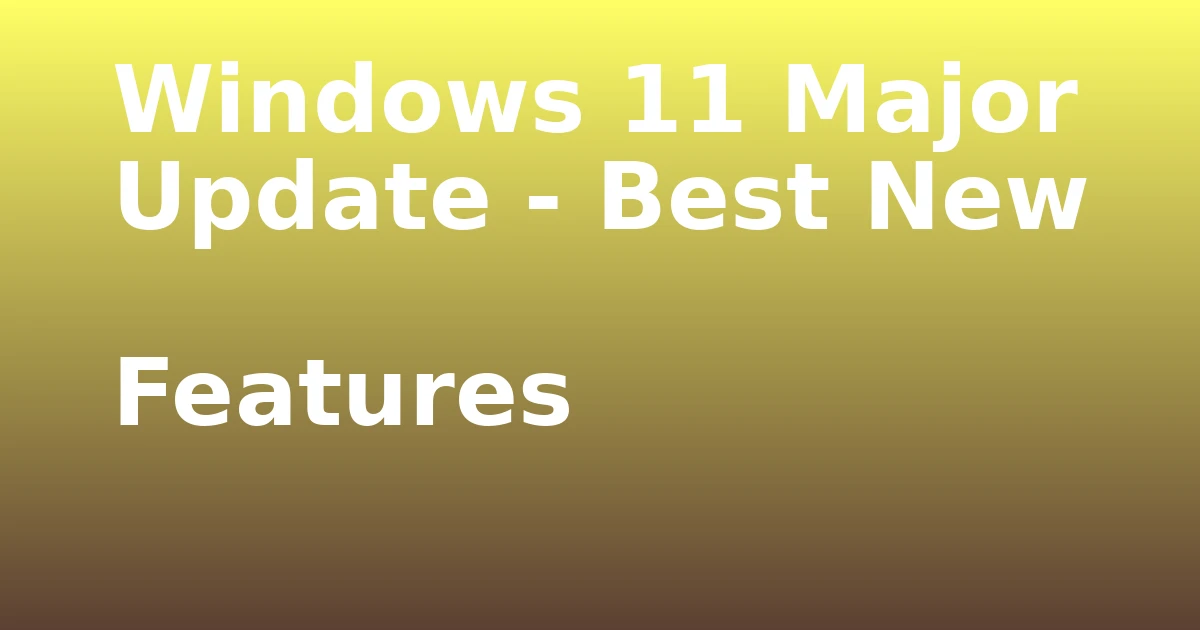Last Updated on August 30, 2023 by tech pappy
Enabling iTunes Dark Mode on your computer will decrease the brightness and give your user interface a new makeover while allowing you to listen to music or watch movies using iTunes.
To turn on iTunes Dark Mode on your Windows PC or Mac Computer, go to the settings and change the computer’s display mode to dark. This mode sets the entire computer to a dark theme, not just iTunes. If you want to use third-party software to activate iTunes Dark Mode without changing your computer’s display settings, you can do so by using this
If you’re working from home, using a black background and color scheme could help you reduce the brightness of your computer. However, not everyone likes the dark theme across all programs, especially if they want to be more productive. This post will outline all of your alternatives, whether you use a Mac or a PC.
What is iTunes’s dark mode?
When you’re in dark mode, iTunes behaves similarly. The function of the program will not be affected. The only thing that will change is the display. It’s essentially like altering your theme to a darker tone, which may be suitable for your eyes if you’re going to sit in front of your computer screen for long periods.
When activating dark mode, the most significant change you’ll notice is that all of the interface colors are inverted and changed. The backgrounds, text, and other buttons will all be altered similarly. However, doing this will not modify the album covers and icons.
Switching on iTunes Dark Mode and dark mode for all of your applications on your phone or computer can help you sleep better, reduce eye strain, and avoid sleeping problems.
How to Make iTunes’ Dark Mode Work for You
Whether using a Windows PC or an Apple Computer, turning on iTunes Dark Mode is somewhat different. However, the concepts are the same.
Select dark as the theme in the settings, and the iTunes theme will automatically change to black. In some instances, you may use third-party software to apply a Dark Mode on iTunes alone.
iTunes is no longer supported on Macs running the latest macOS Catalina or BigSur—iTunes has been replaced with Apple Music, Apple TV, and Apple Podcasts, all of which include a Dark Mode option.
To get started, go to the iTunes Store and download it. If you’re using an older version of macOS, like Mojave or lower, you can still use iTunes; here’s how to enable dark mode on those systems:
How to Use iTunes in Dark Mode on a Mac
Follow the instructions below on a Mac that has iTunes installed. The most recent version of OS X still supports iTunes, but anything newer than that is now using Apple Music.
The newest Apple phones and tablets can also not use the iTunes app. However, the procedures are very similar whether you’re using Apple Music or iTunes.
Step 1: Click the Apple Logo
To go into your Mac Apple settings, click the Apple logo on the upper left side of the screen.
Step 2: Choose System Preferences
When the drop-down menu appears, choose System Preferences and change the display to dark mode.
Step 3: Choose General
Select Desktop and Screen Saver preferences in System Preferences.
Step 4: Select Dark in the Appearance tab
Choose the Dark option in the Appearance tab for iTunes and other applications to go dark. If you’re running a recent version of macOS, select Dynamic Mode in System Preferences> Desktop and Screen Saver to have it switch from light to dark mode automatically, depending on the time of day.
Step 5: Launch iTunes or Apple Music
Finally, all you have to do now is open iTunes and look for whether night mode is now available—which should be.
How to Turn on iTunes Dark Mode for Windows Users
Follow these steps to enable iTunes Dark Mode on a Windows PC:

Step 1: Use the Search Bar to Launch Settings
In the search bar, type Settings. You can also use your mouse and keyboard. You can move the cursor to the upper-right corner of your screen and click on Start. Select Settings from the list that appears.
Step 2: Select Personalization
Create a user account under the “Accounts” tab. Select your themes and color options in the following menu, which will open up in another window.
Step 3: Select Dark Option
Under the Choose Your Default App Mode tab, make sure to select the “Dark” option.
Step 4: Launch iTunes
You could double-check by opening the iTunes app on your computer or restarting your system if it didn’t work the first time. It seldom needs to be rebooted, but in some cases, you may need to restart the procedure to apply new settings.
If you’re a Windows user, there’s another option for turning on iTunes dark mode solely for the app itself without changing your computer’s themes.
You can get programs like Tunescare or iMyFone Tunes Fix from the App Store. These are third-party applications that allow you to use iTunes Dark Mode without changing your control panel settings.
How to Fix iTunes Dark Mode that Doesn’t Work
There’s no issue with dark mode not working if you’re using a PC. Rebooting your computer is a simple solution if it doesn’t work. If it still isn’t working after that, update your OS to the most recent version, as well as iTunes to the most up-to-date version.
Suppose you’re using a device with an older operating system. In that case, likely, it won’t support the newest OS versions that offer dark mode, so double-check your hardware and software to verify whether iTunes Dark Mode will work.
Why Use Dark Mode
The introduction of dark mode into your life has a lot of advantages. It can help to decrease blue light, eyestrain, and sleeping issues. It also looks impressive, and some individuals prefer the new dark mode interface to the old one.
Another advantage is that utilizing dark mode saves electricity, making your computer more efficient.
iTunes on new Apple Mac Devices: Does it Still Work?
iTunes, unfortunately, is no longer available on current Apple Mac computers. iTunes is no longer supported on any new Apple Mac computer operating system or version. Anything after macOS Mojave relies exclusively on Apple Music, Apple TV, and Apple Podcasts for entertainment purposes.
You don’t need iTunes on new Mac machines to sync Apple devices like iPhones and iPads. Instead, you may sync your Apple iPhone or iPad using the Finder.
Some quick answers to often asked questions:
Is iTunes’ dark mode compatible with all versions of macOS and Mac computers?
iTunes dark mode is only supported on the most recent versions of macOS and the newest devices. Enabling iTunes dark mode on your devices is a must.
Is it still possible to use iTunes on Windows versions older than Windows 7?
Older versions of iTunes and Windows Media Player are still functional in Windows XP and newer. On newer versions, you may also use a dark mode on Windows.
Is it possible to alter the color of iTunes?
You can’t change the color of iTunes within the software. You may, however, modify your iTunes or Apple Music windows to match the current theme if you’re using an Apple computer.
What is the procedure for changing my iTunes skin?
To switch the iTunes skin or enable dark mode on iTunes, you’ll need to use third-party software. The skin of iTunes cannot be altered using default settings, unlike other music player applications such as Windows Media Player and WinaMP3.
Is it true that using dark mode is harmful to your eyes?
The darker mode is more beneficial for your eyes since it reduces glare and eyestrain, which can cause sleeplessness and eye strain.
Is it possible to use iTunes in dark mode on older versions of macOS?
The “Dynamized” style (also called “BigSur”) is available for All versions of macOS. This includes the most recent macOS Mojave, macOS Catalina, Macos BigSur, and future releases of Mac OS Monterey, including a dynamic theme that allows you to alter the display from light to dark.
In the appearance setting, you can choose whether to use dark mode in iTunes and any other applications supported.


